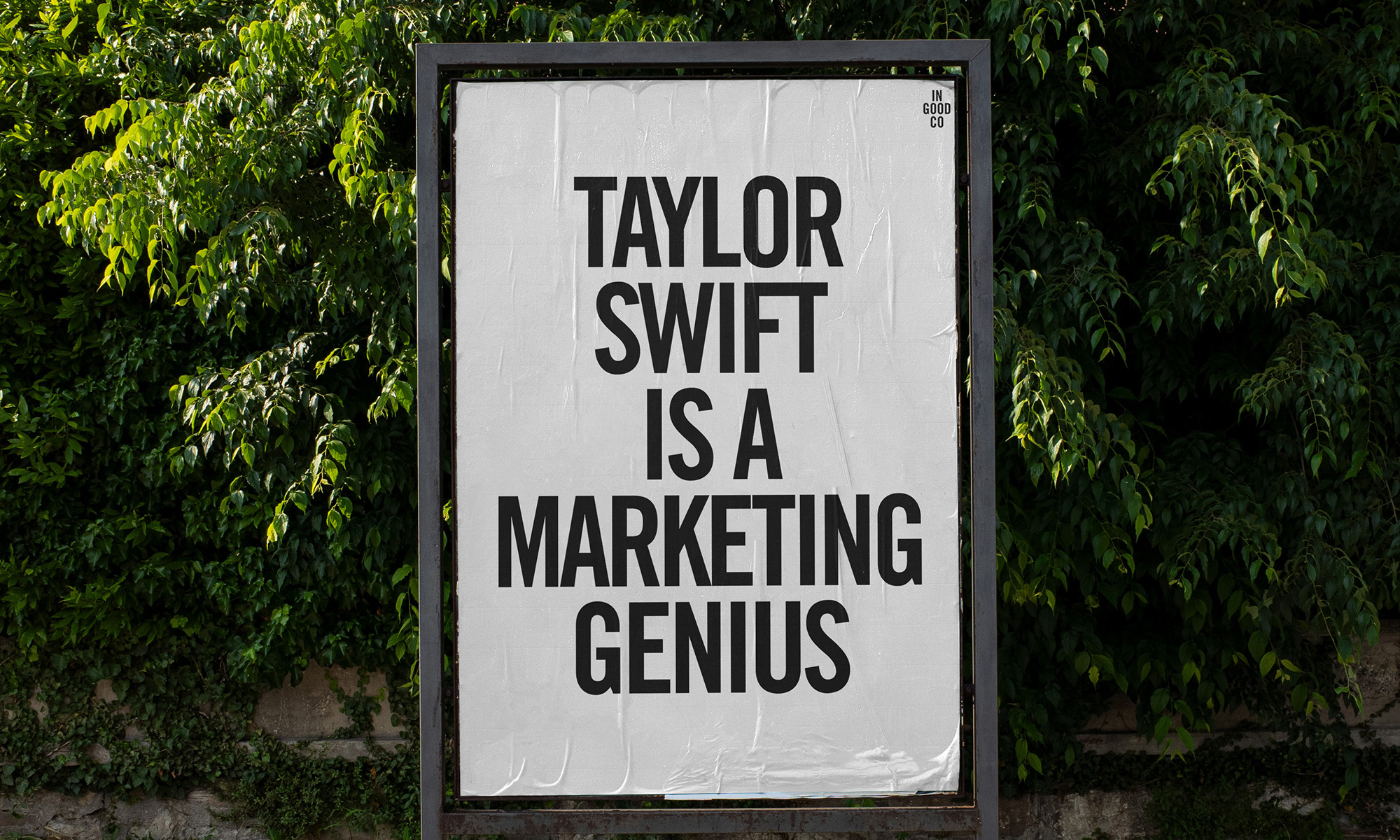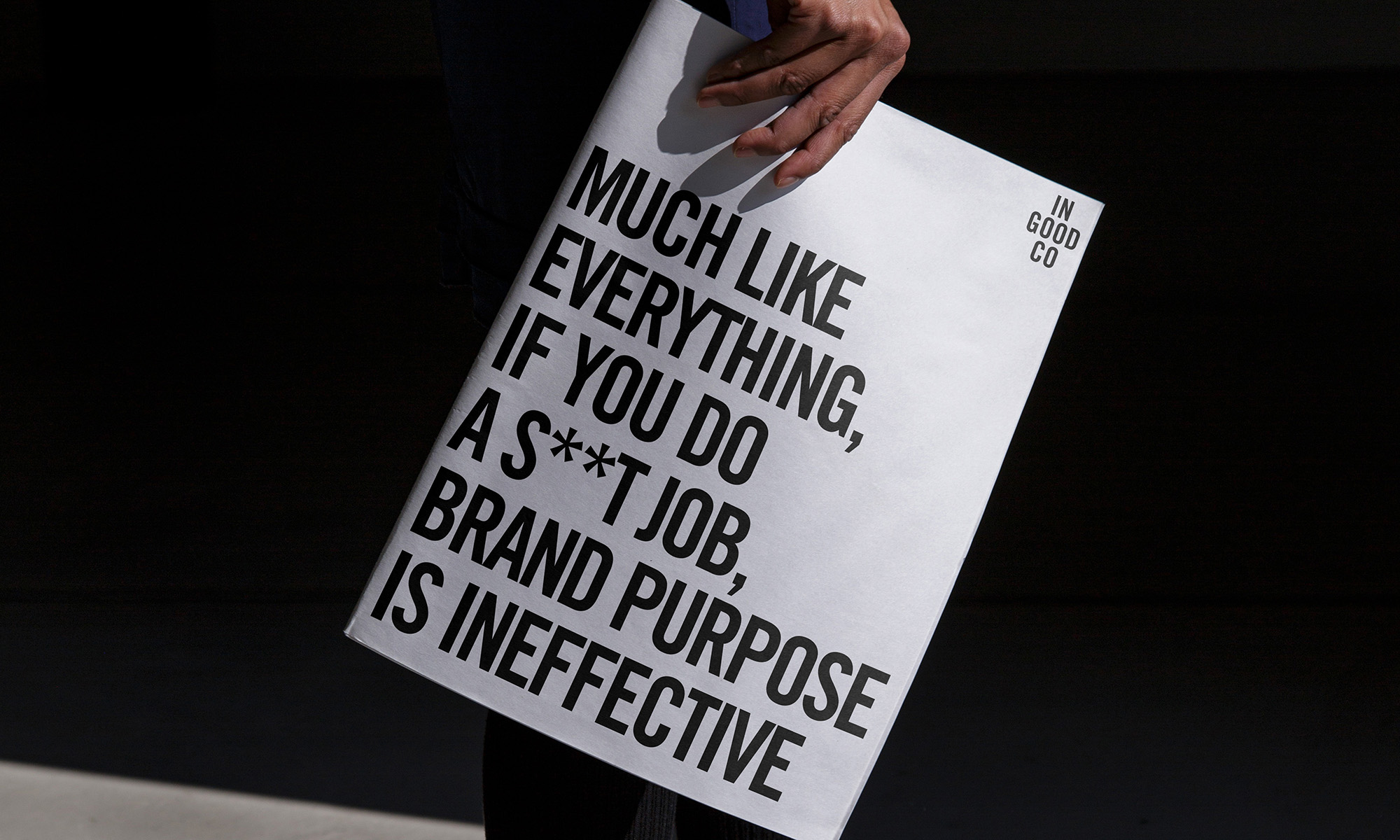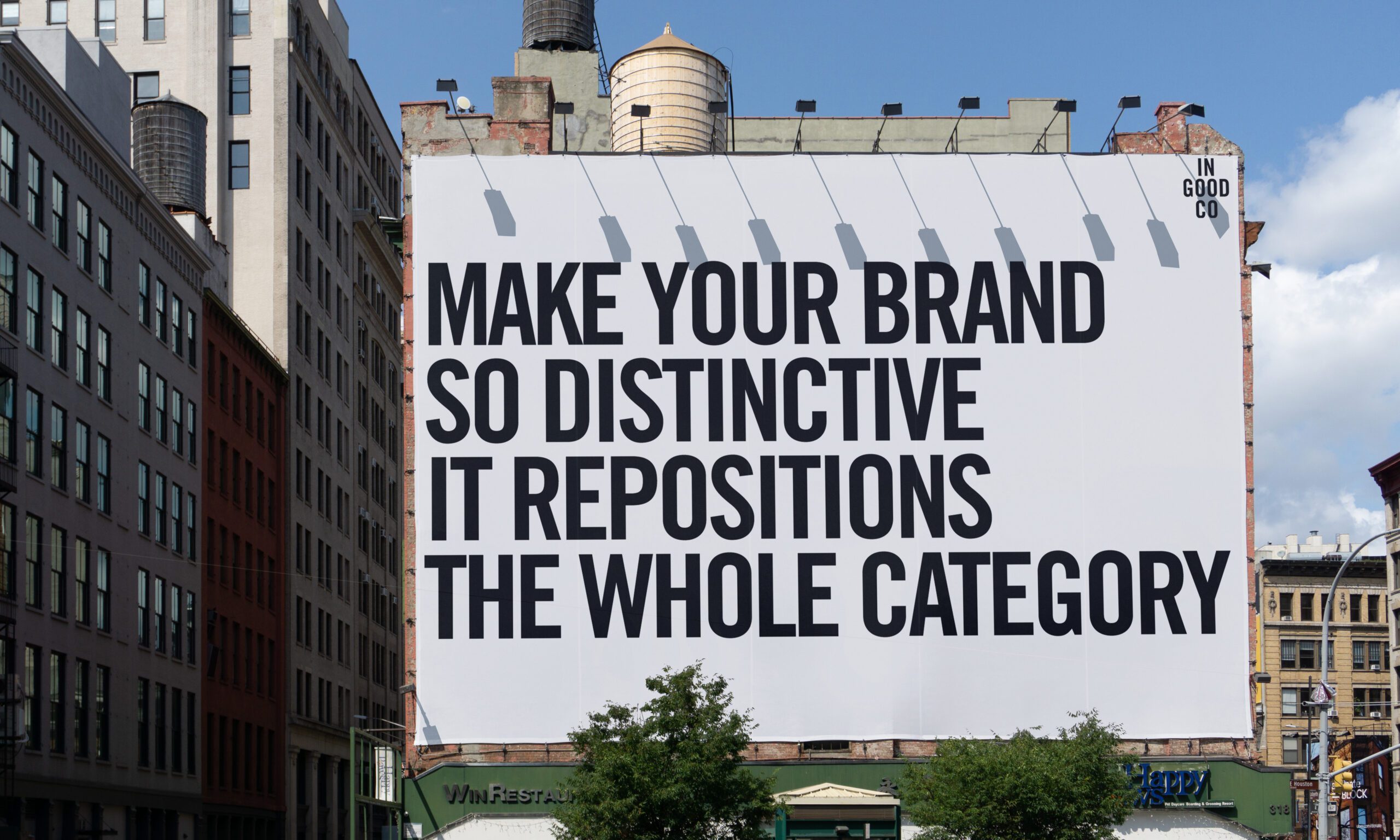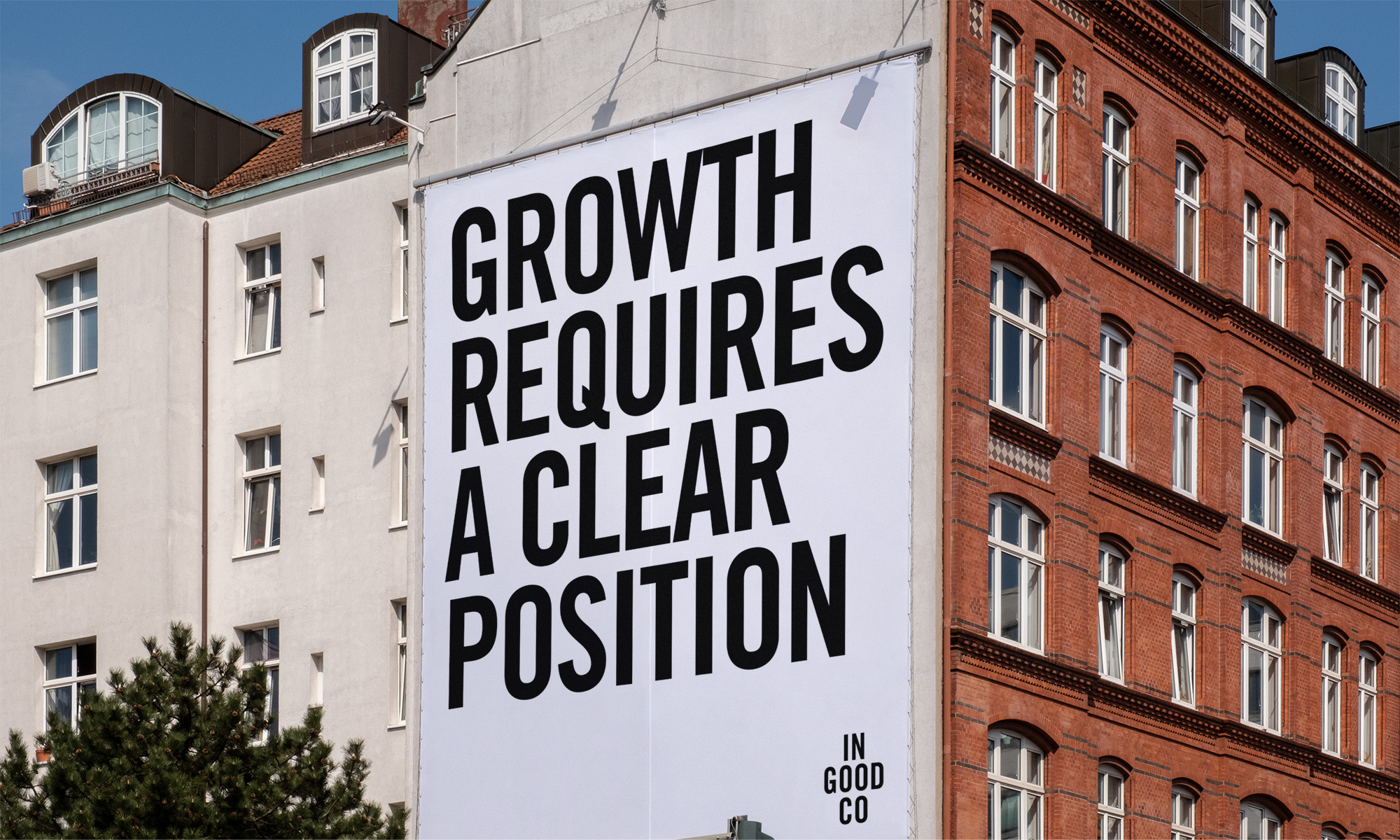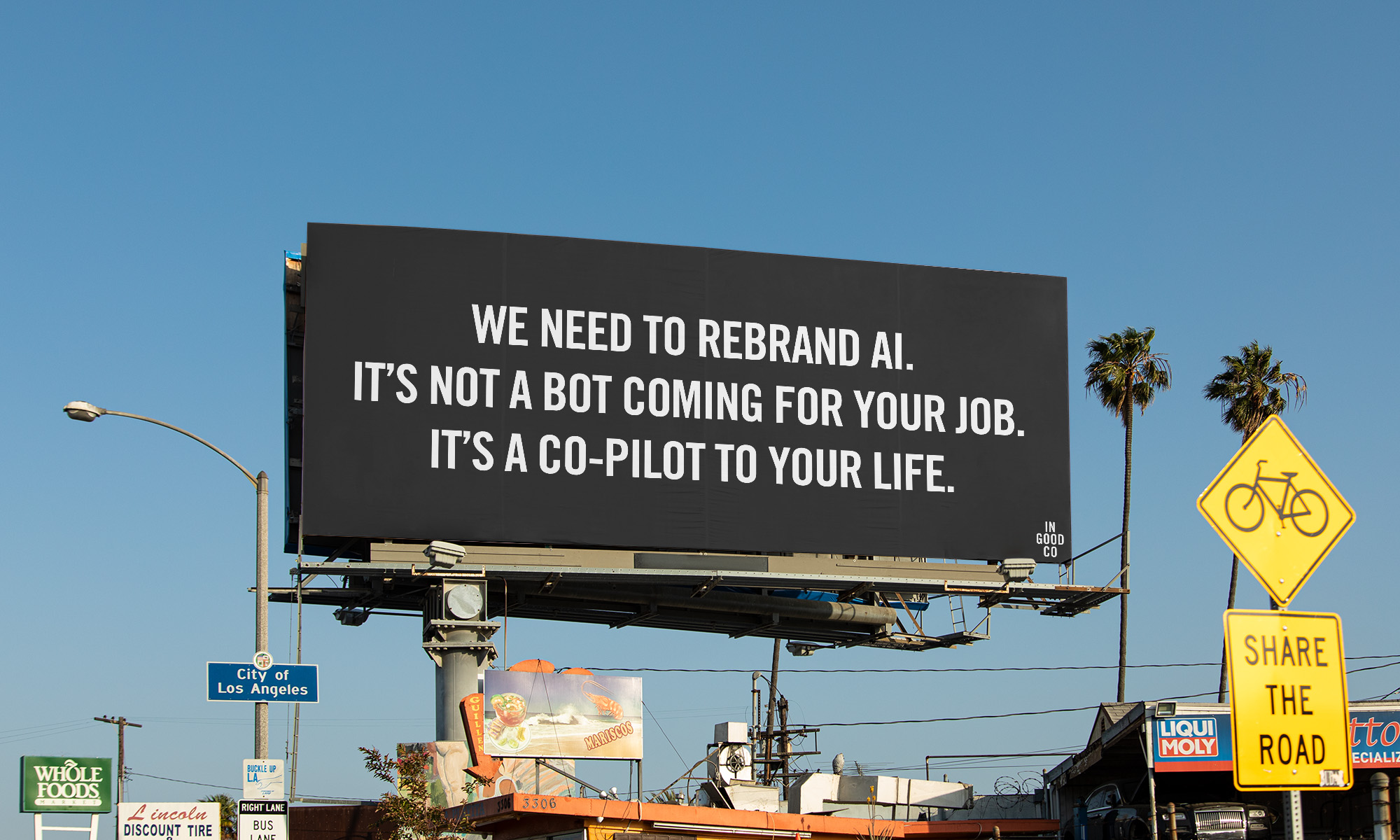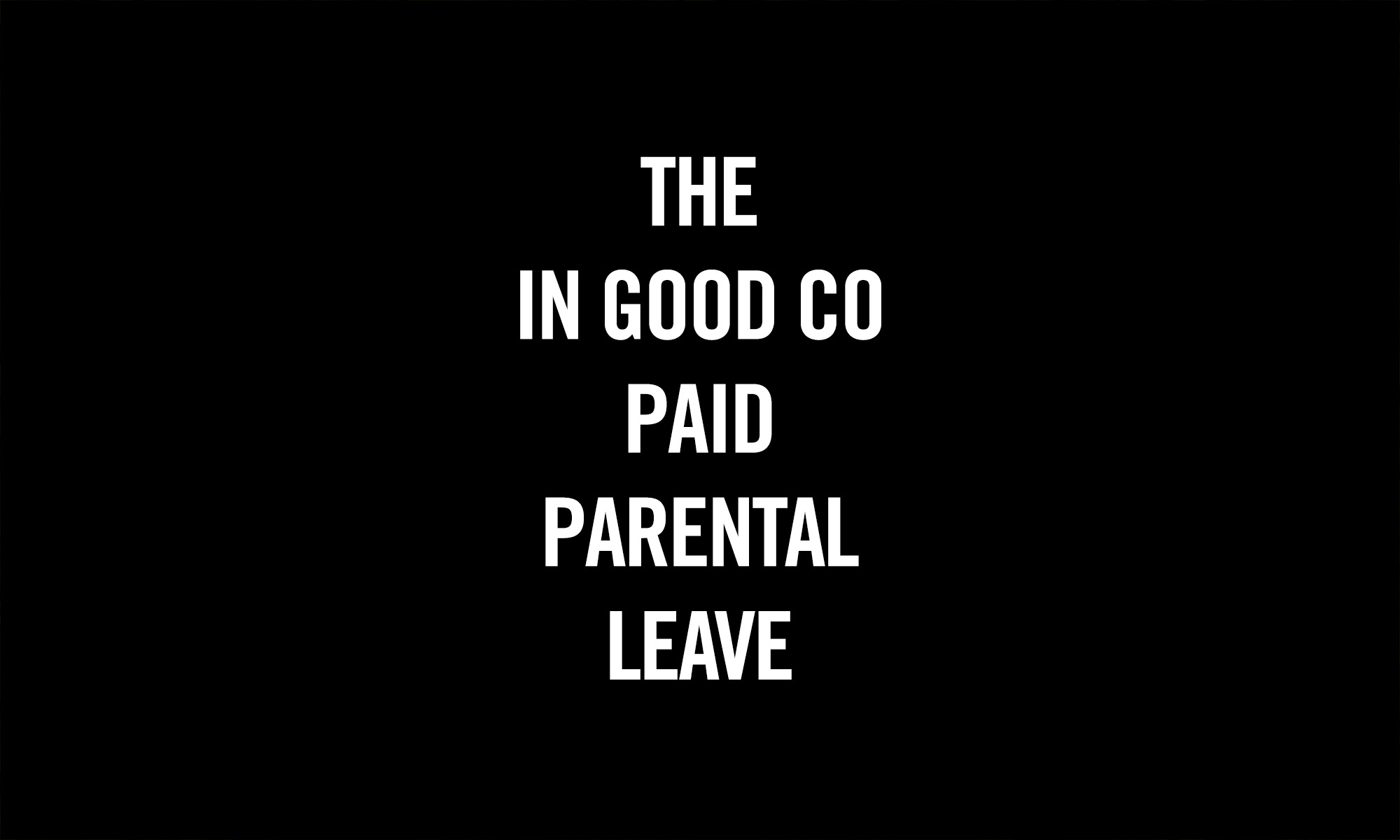FAKE IT UNTIL YOU…GO VIRAL.
The people are loving fakes. And by fakes, we mean CGI advertising.
Yup. Deeply good fakes are having a moment.
Why go through the hassle when you can whip up something larger than life without leaving the office?
The fact of the matter is that people love CGI campaigns. Take the recent viral Maybelline campaign or the internet-breaking Jacquemus version that came first (both from the same creator btw). People are loving fake collabs. People are no longer ashamed of dupes or even good fakes.
We recently were in a pitch for some work and we pitched that the photography and campaign didn’t actually need to be photography. The product was safe and entering a very saturated but slightly stale market and this could have been a great way to differentiate and shake things up. We wanted to land with a splash. A big computer-generated one. The potential client however, was deeply confused and likely, it lost us the pitch.
There are other great examples of ‘fake’ work that’s great. What Haruko Hayakawa is doing—stunning. It’s not as stunty but it’s fun and sophisticated.

Obviously, Midjourney and AI have primed a path for otherworld imagery. Machine-learning has taken up right up to the center of the Uncanny Valley. It was shocking and then it wasn’t.
This Mission Impossible CGI ad of marble run theme song is also pretty magical (and has over 120M views!)
What does CGI ADVERTISING TREthis mean? Are consumers becoming more interested in possibility than reality?
The Shinola watch that was fake and then because reality is another interesting extension of this. It's not exactly CGI advertising but they made a fake watch for April Fools and then ultimately made it in real life.
Fake doesn’t also have to be true 'CGI advertising' to get the love. Take this Self-lender ad. Hugely popular.
Beloved Truff brand also has a shining and funny example with this fake news report to announce being stocked at Walmart.
While we’re seeing more and more brands clam up and do the bare minimum because they’re scared or just wholly unsure, you have to question if they are missing the opportunity of the moment.
Consumers are also worried, tired, overthinking.
How can you inject more joy into their world? More whimsical meanderings. More out of this world imagining. More banality-busting brilliance that stops you in your tracks or at least gives you a few seconds of “what was that?”
Time for brands to embrace possibility.
Enjoying these articles? Sign up for our Substack to get them delivered straight to your inbox.
Want to talk about active brand positioning and growing your brand. Let's chat.

